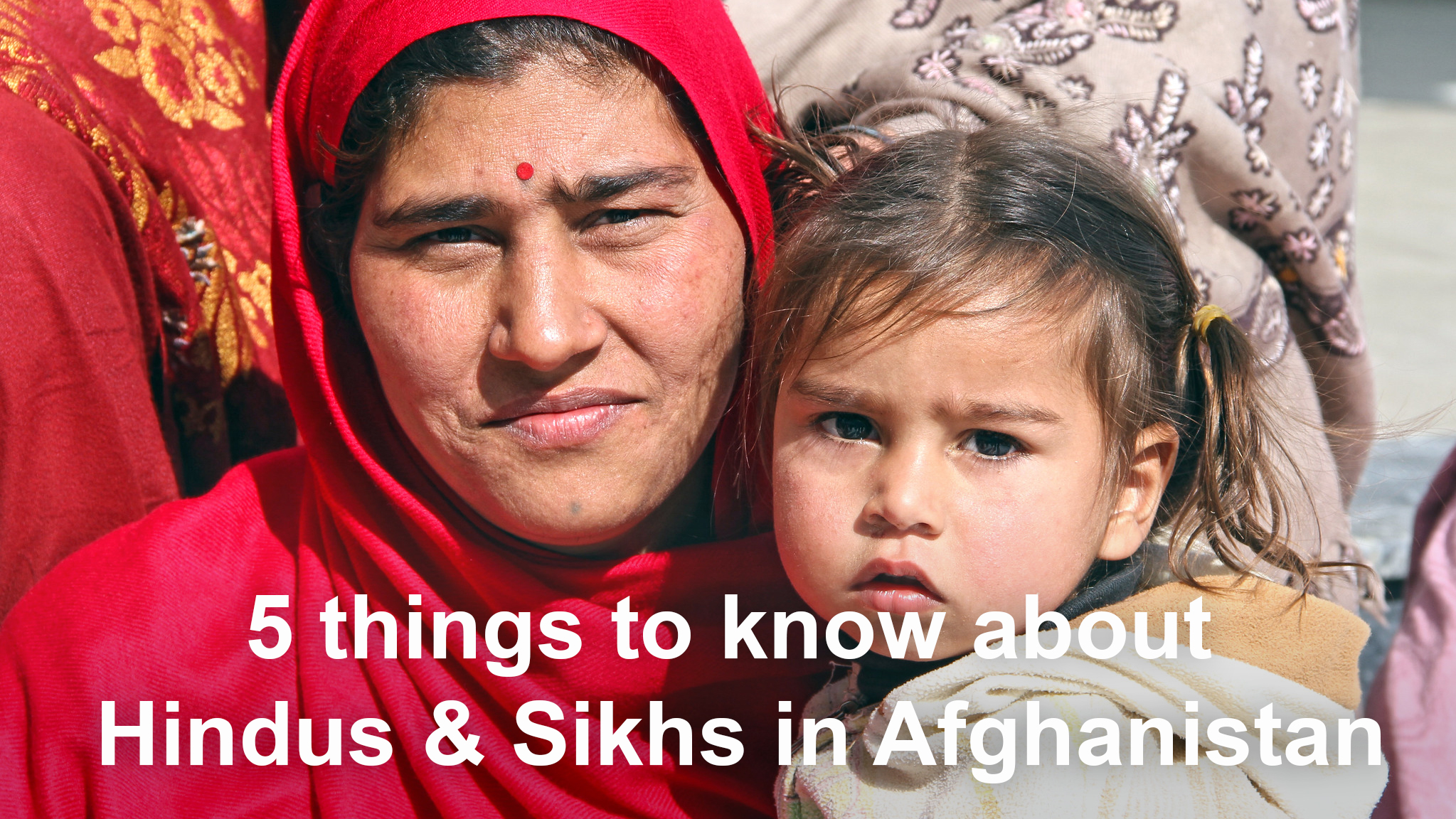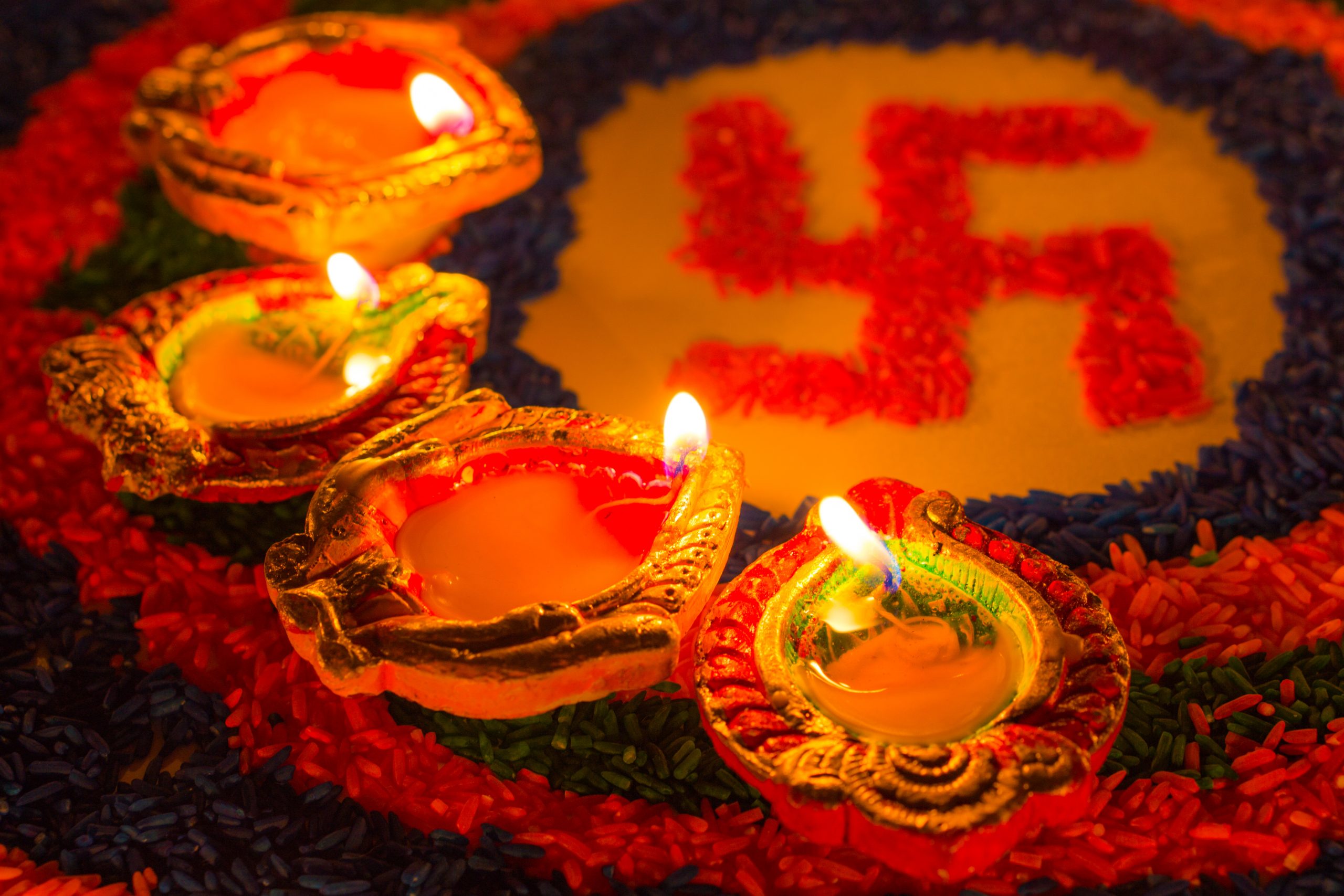Akkoor, C. V. (2011). Ways of Speaking in the Diaspora: Afghan Hindus in Germany. Iowa Research Online. http://www.afghanhindu.info/
Anand, A. (2020, April 1). Why ISKP, the group behind Kabul gurdwara attack, is threat to India and Indians abroad. The Print. https://theprint.in/india/why-iskp-the-group-behind-kabul-gurdwara-attack-is-threat-to-india-and-indians-abroad/32322/
Aqa, M. (2014, June 29). Hindus, Sikhs Suffer as Marginalized Minorities. Tolo News. http://www.tolonews.com/en/afghanistan/15423-hindus-sikhs-suffer-as-marginalized-minorities
Arbabzadah, N. (2010, July 6). Afghan Sikhs: forgotten victims. The Guardian. https://www.theguardian.com/commentisfree/belief/2010/jul/06/afghanistan-sikhs-persecution
Asa’Mai Hindu Temple. (n.d.). The Hindu Shahi Dynasty (870 C.E. – 1015 C.E.). Asa’Mai Hindu Temple. https://www.asamai.com/about-us/our-history/
Ashrafi, N. (2018, April 13). Hindus, Sikhs Preparing For Vesak Festival. Tolo News. https://tolonews.com/arts-culture/hindus-sikhs-preparing-%C2%A0vesak-festival
Baghchi, I. (2020, March 26). Pak-backed Haqqani-LeT behind Kabul gurdwara attack, thinks Indian security establishment. The Times of India. https://timesofindia.indiatimes.com/india/pak-backed-haqqani-let-behind-kabul-gurdwara-attack-thinks-indian-intel/articleshow/74817429.cms
Basu, N. (2019, December 16). Days before CAA was passed, Afghanistan gave citizenship to its Hindus and Sikhs in India. The Print.
BBC. (2018, July 1). Afghanistan blast: Sikhs among 19 dead in Jalalabad suicide attack. BBC News. https://www.bbc.com/news/world-asia-44677823
The Conversation. (2014, August 20). Explainer: who are the Afghan Sikhs? The Conversation. https://theconversation.com/explainer-who-are-the-afghan-sikhs-30699
Dalyrmple, W. (2013, May 31). Mes Aynak: Afghanistan’s Buddhist Buried Treasure Faces Destruction. The Guardian. https://www.theguardian.com/books/2013/may/31/mes-aynak-afghanistan-buddhist-treasure
Deutsche Welle. (2017, January 31). Deported Afghans dream of returning to Germany. Deutsche Welle. https://www.dw.com/en/deported-afghans-dream-of-returning-to-germany/a-37352655
Dixit, R. (2019, November 2). Afghan Sikhs are targeted by the Taliban and unable to even bury their dead. The Week. https://www.theweek.in/theweek/cover/2019/11/02/afghan-sikhs-are-targeted-by-the-taliban-and-unable-to-even-bury-their-dead.html
Donati, J., & Amiri, E. (2020, April 18). The Last Sikhs and Hindus in Afghanistan Plead for U.S. Help. The Wall Street Journal. https://www.wsj.com/articles/the-last-sikhs-and-hindus-in-afghanistan-plead-for-u-s-help-11587218401
Freedom House. (2020). Freedom in the World 2020: Afghanistan. Freedom House. https://freedomhouse.org/country/afghanistan/freedom-world/2020
Friel, T. (2007, January 20). Afghanistan’s hated Sikhs yearn for India. Reuters. https://www.reuters.com/article/us-life-afghan-sikhs/afghanistans-hated-sikhs-yearn-for-india-idUSSP13957620061124
Ghazi, Z., & Mashal, M. (2018, July 1). Sikhs and Hindus Bear Brunt of Latest Afghanistan Suicide Attack. The New York Times. https://www.nytimes.com/2018/07/01/world/asia/afghanistan-school-attack-nangarhar.html
Hindustan Times. (2020, April 9). Facing threat, Sikhs, Hindus in Afghanistan awaiting India’s response on asylum pleas. Hindustan Times. https://www.hindustantimes.com/cities/facing-threat-sikhs-hindus-in-afghanistan-awaiting-india-s-response-on-asylum-pleas/story-2yn4See00zlJlleUknbp6O.html
IANS. (2005, October 5). Navratri grips Afghan’s Hindu temples. DNA. https://www.dnaindia.com/world/report-navratri-grips-afghan-s-hindu-temples-4577
Islamic Republic of Afghanistan. (2004, January 26). The Constitution of Afghanistan. Afghan Embassy. http://www.afghanembassy.com.pl/afg/images/pliki/TheConstitution.pdf
Kochhar, R. (2000). The Vedic People: Their History and Geography. Orient Longman.
Mashal, M., & Abed, F. (2020, March 25). Terror Attack Strikes Afghan Capital as Another City Is Locked Down for Coronavirus. The New York Times. https://www.nytimes.com/2020/03/25/world/asia/afghanistan-sikh-kabul.html
Ministry of External Affairs, Government of India. (2020, July 18). On safe return of Shri Nidan Singh. Ministry of External Affairs, Government of India. https://www.mea.gov.in/press-releases.htm?dtl/32839/On+safe+return+of+Shri+Nidan+Singh
Ministry of Foreign Affairs. (2004). The Constitution of Afghanistan. Ministry of Foreign Affairs, Islamic Republic of Afghanistan. https://www.mfa.gov.af/constitution/preamble.html
Mustafi, S. M. (2010, February 11). Afghanistan’s Sikh heroine fights for rights. BBC News. http://news.bbc.co.uk/2/hi/south_asia/8494291.stm
Najibullah, F. (2014, August 19). ‘When Are You Going Back?’ Afghanistan’s Sikhs, Strangers In Their Own Land. Radio Free Europe. https://www.rferl.org/a/afghanistan-sikh-minority/26539541.html
News Agencies. (2018, November 29). Canada Working To Offer Shelter To Afghan Hindus, Sikhs. Tolo News. https://tolonews.com/afghanistan/canada-working-offer-shelter-afghan-hindus-sikhs
Pitzer, K. (2001, December 17). Afghanistan: Hindu, Sikh families retain cultural practices under hostile Taliban regime. India Today. https://www.indiatoday.in/magazine/neighbours/story/20011217-afghanistan-hindu-sikh-families-retain-cultural-practices-under-hostile-taliban-regime-774879-2001-12-17
Press Trust of India. (2018, July 5). Jalalabad blast: Afghan President visits gurudwara, promises action against culprits. Hindustan Times. https://www.hindustantimes.com/world-news/jalalabad-blast-afghan-president-visits-gurdwara-promises-action-againstculprits/story-bP9QY7WpKCY6x2VlTdDRVP.html
Press Trust of India. (2019, December 20). Citizenship Act, NRC will be implemented, says BJP’s working president Nadda. Hindustan Times. https://www.hindustantimes.com/cities/caa-will-be-implemented-so-will-be-nrc-nadda-to-afghan-sikh-refugees/story-aX3TcGw0rWcwC0EyXwgsRN.html
Rana, Y. (2015, September 23). ‘Tortured’ Afghan Sikhs came to India for help. The Times of India.
Sadat, F. (2020, February 28). Afghan Hindu Woman Killed in Kabul by Armed Robbers. Tolo News. https://tolonews.com/afghanistan/afghan-sikh-woman-killed-kabul-armed-robbers
Shaheed, A. (2019, May 14). Police Accused Of Neglect In Rescuing Afghan Sikh. Tolo News. https://tolonews.com/afghanistan/police-accused-neglect-rescuing-afghan-sikh
Shalizi, H. (2016, June 22). Afghanistan’s dwindling Sikh, Hindu communities flee new abuses. Reuters. https://www.reuters.com/article/us-afghanistan-minority/afghanistans-dwindling-sikh-hindu-communities-flee-new-abuses-idUSKCN0Z82SL
Sharma, B. (2016, September 24). The Few Remaining Hindus and Sikhs In Afghanistan Fight For One Seat In Its Parliament. Huffington Post. https://www.huffingtonpost.in/2016/09/23/facing-extinction-in-afghanistan-hindus-and-sikhs-fight-for-one_a_21476942/
Shukla, V. (2019, May 28). A legacy of unity and love: Amardeep Singh traces Baba Nanak’s travels across nine countries. First Post. https://www.firstpost.com/living/a-legacy-of-unity-and-love-amardeep-singh-traces-baba-nanaks-travels-across-nine-countries-6673701.html
Sikh Channel. (2019, March 12). Canada: First Afghan Sikh And Hindu Refugee Families Arrive In Canada. Sikh Channel. http://sikhchannel.tv/canada-first-afghan-sikh-and-hindu-refugee-families-arrive-in-canada/
Tanzeem, A. (2020, April 18). Save Afghan Sikhs and Hindus From Genocide, Activists Urge. Voice of America. https://www.voanews.com/south-central-asia/save-afghan-sikhs-and-hindus-genocide-activists-urge
Tolo News. (2016, June 21). Nearly 99% Of Hindus, Sikhs Left Afghanistan in Last Three decades. Tolo News. https://tolonews.com/afghanistan/nearly-99-hindus-sikhs-left-afghanistan-last-three-decades
UNHCR. (2018, August 30). UNHCR ELIGIBILITY GUIDELINES FOR ASSESSING THE INTERNATIONAL PROTECTION NEEDS OF ASYLUM-SEEKERS FROM AFGHANISTAN. refworld. https://www.refworld.org/pdfid/5b8900109.pdf
United Kingdom Home Office. (2019, May). Country Policy and Information Note Afghanistan: Sikhs and Hindus. United Kingdom Home Office. https://assets.publishing.service.gov.uk/government/uploads/system/uploads/attachment_data/file/803548/Sikhs_and_Hindus_EXTERNAL.pdf
U.S. Department of State. (2018). Afghanistan 2018 International Religious Freedom Report. U.S. Department of State Office of International Religious Freedom. https://www.state.gov/wp-content/uploads/2019/05/AFGHANISTAN-2018-INTERNATIONAL-RELIGIOUS-FREEDOM-REPORT.pdf
U.S. Department of State. (2019). 2019 Report on International Religious Freedom: Afghanistan. Office of International Religious Freedom. https://www.state.gov/reports/2019-report-on-international-religious-freedom/afghanistan/
WION. (2020, February 12). Afghanistan government to rebuild Temples and Gurudwaras. WION. https://www.wionews.com/south-asia/afghanistan-government-to-rebuild-temples-and-gurudwaras-280364
Wyeth, G. (2018, July 11). A Precarious State: The Sikh Community in Afghanistan. Australian Institute of International
Affairs. http://www.internationalaffairs.org.au/australianoutlook/precarious-state-the-sikh-community-in-afghanistan/








































